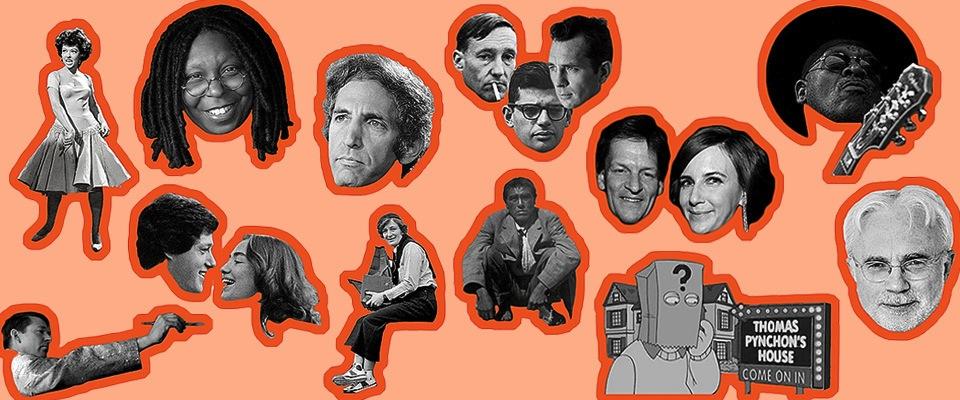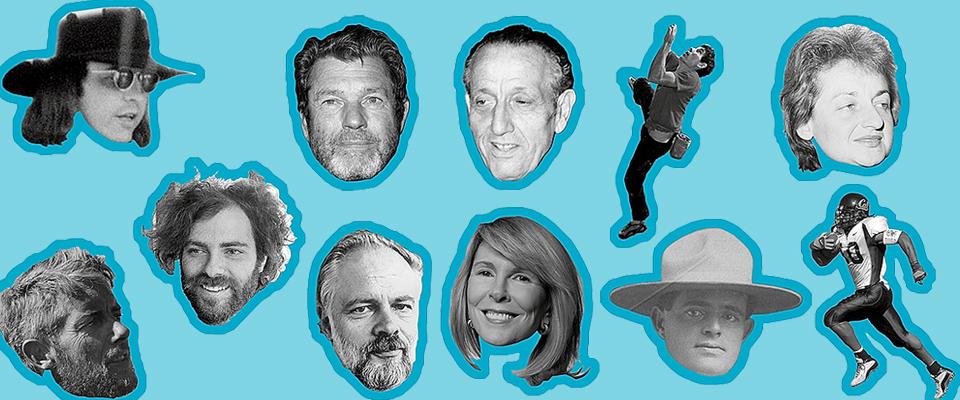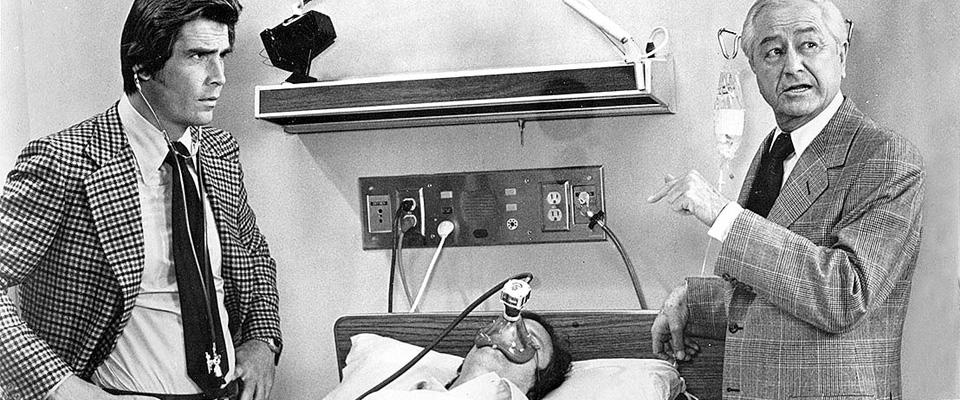In countless ways, Berkeley is undeniably different. And that uniqueness is part of what draws people here—not just students and professors, but folks of all walks, many of whom are distinguished in their fields or famous for their exploits.
The Spring issue of California magazine celebrates both Berkeley’s dropouts and its drop-ins with two ad hoc Halls of Fame: one for “dropouts”—former students who left UC Berkeley without completing their degrees, or simply transferred elsewhere—and this one for “drop-ins”—non-natives who neither enrolled at Cal nor had any long association as faculty, yet called the town home for a time or are living here now.
We think it’s an interesting list. We’re also sure it’s incomplete. So, tell us whom we missed. Write to us at californiamag@alumni.berkeley.edu and put “Hall of Fame” in the subject heading.
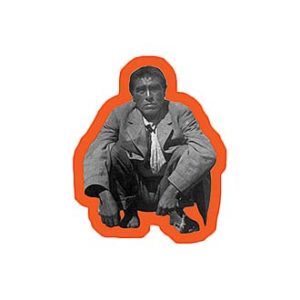
Ishi was billed as “the last wild Indian” when, half-starved, he walked out of the wilderness near Oroville in 1911 and into the care of UC anthropologists Alfred Kroeber and T.T. Waterman. Although most of Ishi’s time in “civilization” was spent in San Francisco, he lived for three months in the summer of 1915 at the Watermans’ Berkeley home on Cherry Street, where he slept on a small outdoor porch. During the day, he strolled the neighborhood barefoot. Ishi adopted the white man’s clothes but never had use for shoes. He died in 1916 of tuberculosis.
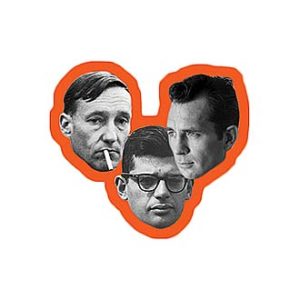
The Beats—Jack Kerouac, Allen Ginsberg, William S. Burroughs, and their ilk—read, wrote, and got high in the bookstores, jazz clubs, and art galleries of mid-1950s San Francisco. But when Ginsberg began writing his famous poem Howl, he moved to Berkeley for some peace and quiet. He worked in the Caffe Mediterraneum on Telegraph Avenue and in his backyard cottage at 1624 Milvia Street (inspiration for the poem “A Strange New Cottage in Berkeley”). The poet only lived there for a year or so in 1955 and 1956. Kerouac’s stay was even shorter: He lived for two months in 1957 with his mother in an apartment on Berkeley Way. Shortest of all: Burroughs dropped into campus for Burroughs Week in 1974, which included films, a lecture, and a reading.
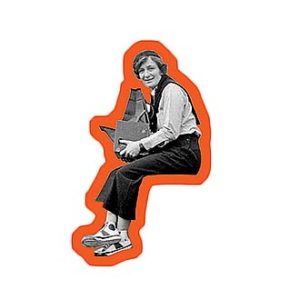
America’s best-known documentary photographer Dorothea Lange made 1163 Euclid Ave. in Berkeley her home base while she traveled with her second husband, Berkeley professor of economics Paul Taylor, to document the hardships of the Great Depression. Lange’s stark depictions of rural poverty and migrant labor camps produced many indelible images of the era, including “Migrant Mother,” her most famous photograph.

Painter Richard Diebenkorn was the West Coast’s answer to the abstract expressionism practiced by Jackson Pollock and Willem de Kooning in New York. A San Franciscan, Diebenkorn left the Bay Area with the Marines and studied on the GI Bill in New Mexico. He returned to set up his studio in Berkeley in 1953. Over a 20-month span, he executed what art historians call The Berkeley Series—more than 50 colorful, highly abstract paintings of Bay Area landscapes. Along with Elmer Bischoff and David Park, Diebenkorn was also a central figure in the Bay Area figurative movement.
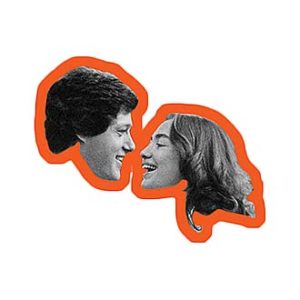
Hillary Rodham moved to a small apartment near the Berkeley campus in the summer of 1971 when she was 23. She was joined by her boyfriend and fellow Yale Law graduate, William Jefferson Clinton. While Hillary clerked at an Oakland law firm, Bill explored the Bay Area. Ms. Clinton later recalled missing Bill for a dinner date at a Berkeley eatery. Another customer told her that her beau had waited a long time and that the two had fallen into conversation. “I don’t know his name,” the man reportedly told her, “but he’s going to be president someday.”
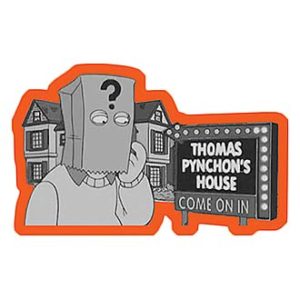
It’s no secret that husband and wife novelists Michael Chabon and Ayelet Waldman make their home in Berkeley. (Chabon’s novel Telegraph Avenue was published in 2012.) More surprising is that notoriously reclusive novelist Thomas Pynchon had a couple of return addresses in town. A Cornell grad, Pynchon (V., Gravity’s Rainbow, Inherent Vice) was denied admission to Berkeley’s graduate math program. Nevertheless, he stuck around. In The Crying of Lot 49 he described a campus “plaza teeming with … long paper petitions dangling to earth, posters for undecipherable FSMs, YAFs, VDCs, suds in the fountain, students in nose-to-nose dialogue.”
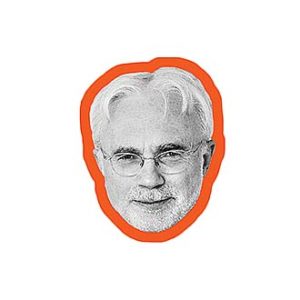
John Adams, the Pulitzer Prize–winning composer, has long called Berkeley home. The New Englander first arrived in the Bay Area in 1971. He wound up managing an apartment building at the corner of Dwight and Telegraph. In his memoir Hallelujah Junction, Adams, who is perhaps best known for his operas Nixon in China and Doctor Atomic, calls Telegraph Avenue “one of those meccas of deeply committed oddity” that has never “yielded up its funky weirdness, adamantly resisting gentrification and corporate crawl.”

Many a great blues musician has done time in Berkeley, thanks partly to the presence of Chris Strachwitz’s Arhoolie Records and now-defunct venues such as Mandrake’s on University Ave. Berkeley resident and Grammy-winner Taj Mahal has kept the Delta blues tradition alive and well. Taj (real name Henry St. Claire Fredericks Jr.) recalled for NPR what first drew him here: “The weather, the mix of people. The University was in the middle, the ideas were there, the sound of music were coming out of everywhere, and all kinds of it.”

The comedian known as Whoopi Goldberg (real name Caryn Elaine Johnson) came to Berkeley in the late 1970s to work with a local performance troupe, the Blake Street Hawkeyes. It was there that she honed and debuted “The Spook Show,” the one-woman act that would eventually capture the attention of comic and filmmaker Mike Nichols and lead to Goldberg’s breakout on Broadway. The director of The Graduate called Goldberg “one part Elaine May, one part Groucho, one part Ruth Draper, one part Richard Pryor [see page 48], and five parts never seen before.”
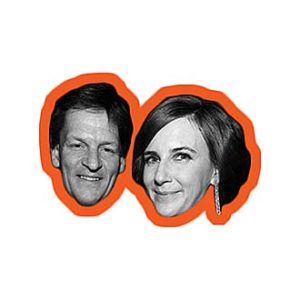
Bestselling author Michael Lewis (Liar’s Poker, Moneyball, The Big Short) and his wife, photographer and former MTV reporter Tabitha Soren, make their home in the Berkeley Hills. The couple met on the campaign trail, when both were covering the 1996 presidential election—Soren for MTV, Lewis for The New Republic. Soren explained the allure of their adopted hometown to hyperlocal news outlet, Berkeleyside: “It seemed diverse and strange … eclectic and vibrant.”
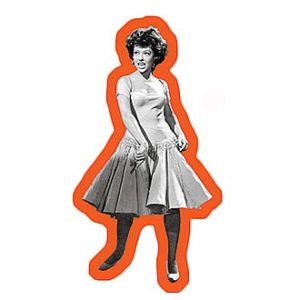
Triple threat Rita Moreno is one of the very few people in the world to have won an Emmy, Grammy, Oscar, and a Tony. The singer, actress, and dancer first burst onto the scene as the fiery Anita in the 1961 film adaptation of the musical, West Side Story. Moreno moved to the Berkeley Hills in 1996 and now lives in a stunning modern home overlooking the San Francisco Bay. She performed an extended run of her critically acclaimed autobiographical show, Life Without Makeup, at the Berkeley Repertory Theatre in 2011.

Henry Kissinger once called longtime Berkeley resident Daniel Ellsberg “the most dangerous man in America.” (Nixon said the same of Berkeley Ph.D. Timothy Leary.) It was Ellsberg—a Harvard Ph.D., former Marine Corps officer, and RAND Corporation analyst—who leaked the now-famous Pentagon Papers: a 7,000 page document that showed systematic deception by the Johnson administration regarding the scope and execution of the war in Vietnam. Still a committed free speech advocate, Ellsberg has rallied behind much younger whistleblowers such as Bradley Manning and Edward Snowden, whom Ellsberg has called his “personal hero.”











